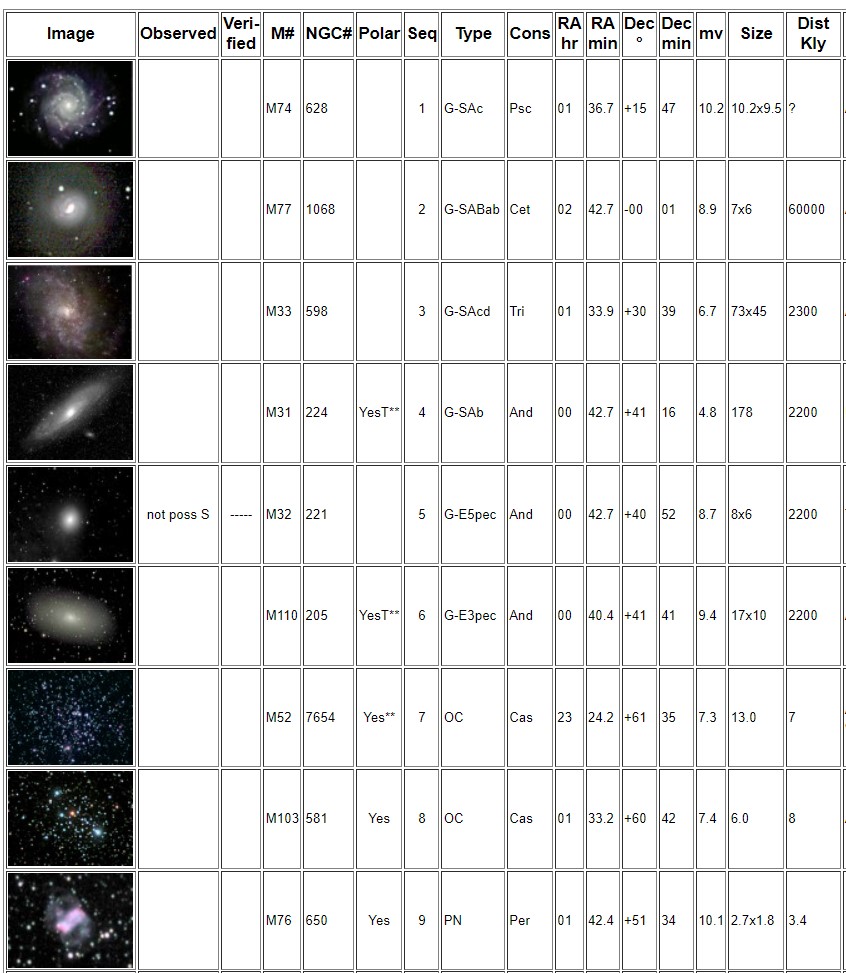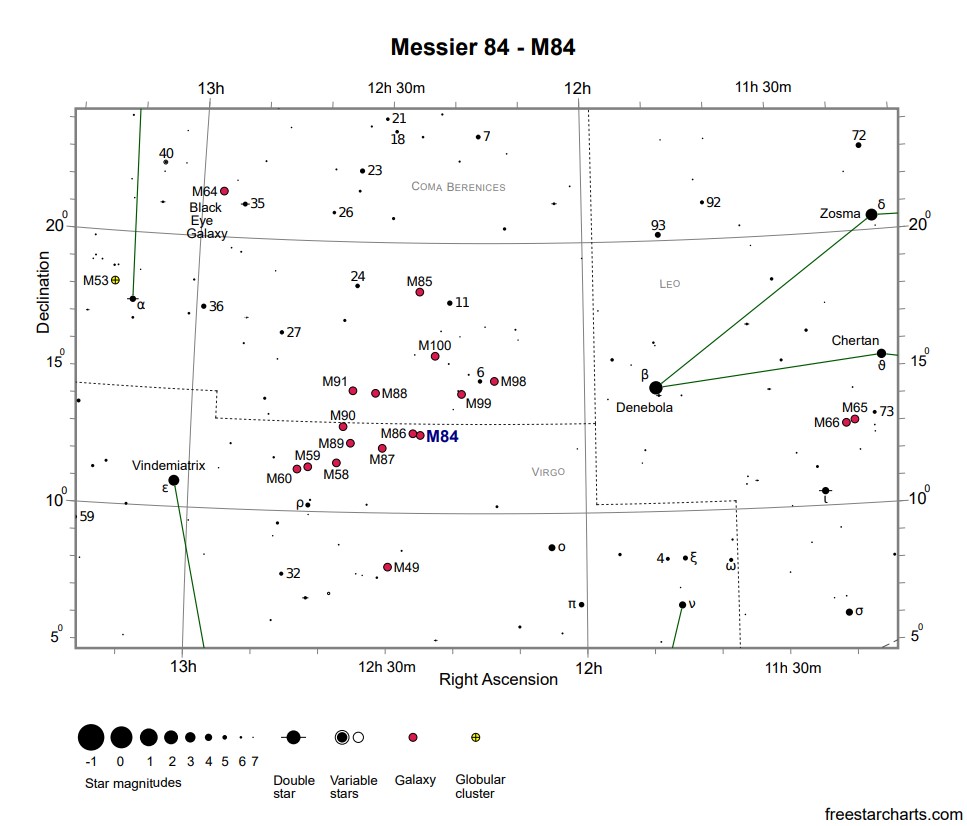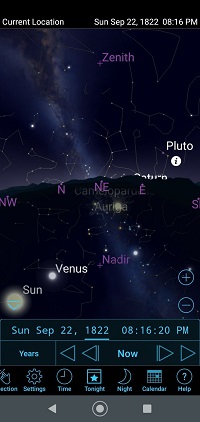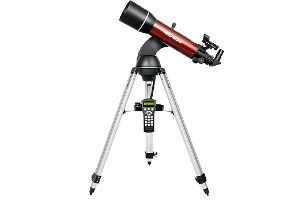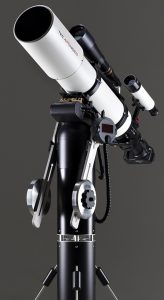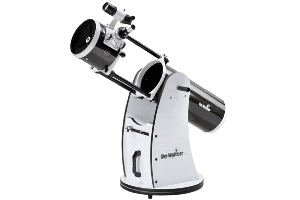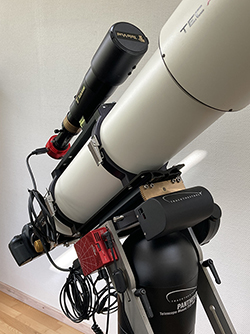“If you are able to observe all 110 objects during one single night – from dusk to dawn – you have completed a Messier Marathon.”
This is the main definition of a Messier Marathon. There can be different versions of a Messier Marathon:

Charles Messier 1730-1817
- The old style completely analogue Messier Marathon: Using just a telescope, eyepiece and printed sky maps
- A visual Messier Marathon using setting circles and perhaps GOTO to center the objects
- An Electronic Assisted Astronomy (EAA) Messier Marathon, in which the objects are observed with a camera
I know there are opinions about what is the right way to do it, but for me the most important thing is that you do it and enjoy it:-)
The Messier Catalog
There are 110 objects in the Messier Catalog – 40 Galaxies, 29 globular clusters, 27 open clusters, 6 diffuse nebulae and 4 planetary nebulae. In declination, they span from -34.8 ° to +69.6 °.
They were all discovered by Charles Messier from Paris about 250 years ago. He used a small refractor about 3.5″ in aperture to make his observations so all the objects can be observed with almost any modern astronomical telescope if you have the skills and a dark sky.
When can you make a Messier Marathon?
Over the year the sun position in the sky changes along the ecliptic. A big sky area around the sun is impossible to observe hiding objects in that direction. Funny enough there is a part of the sky where three are no Messier objects and that is around the spring equinox. In this all sky map the sun is at the edge (left or right) at declination 0.
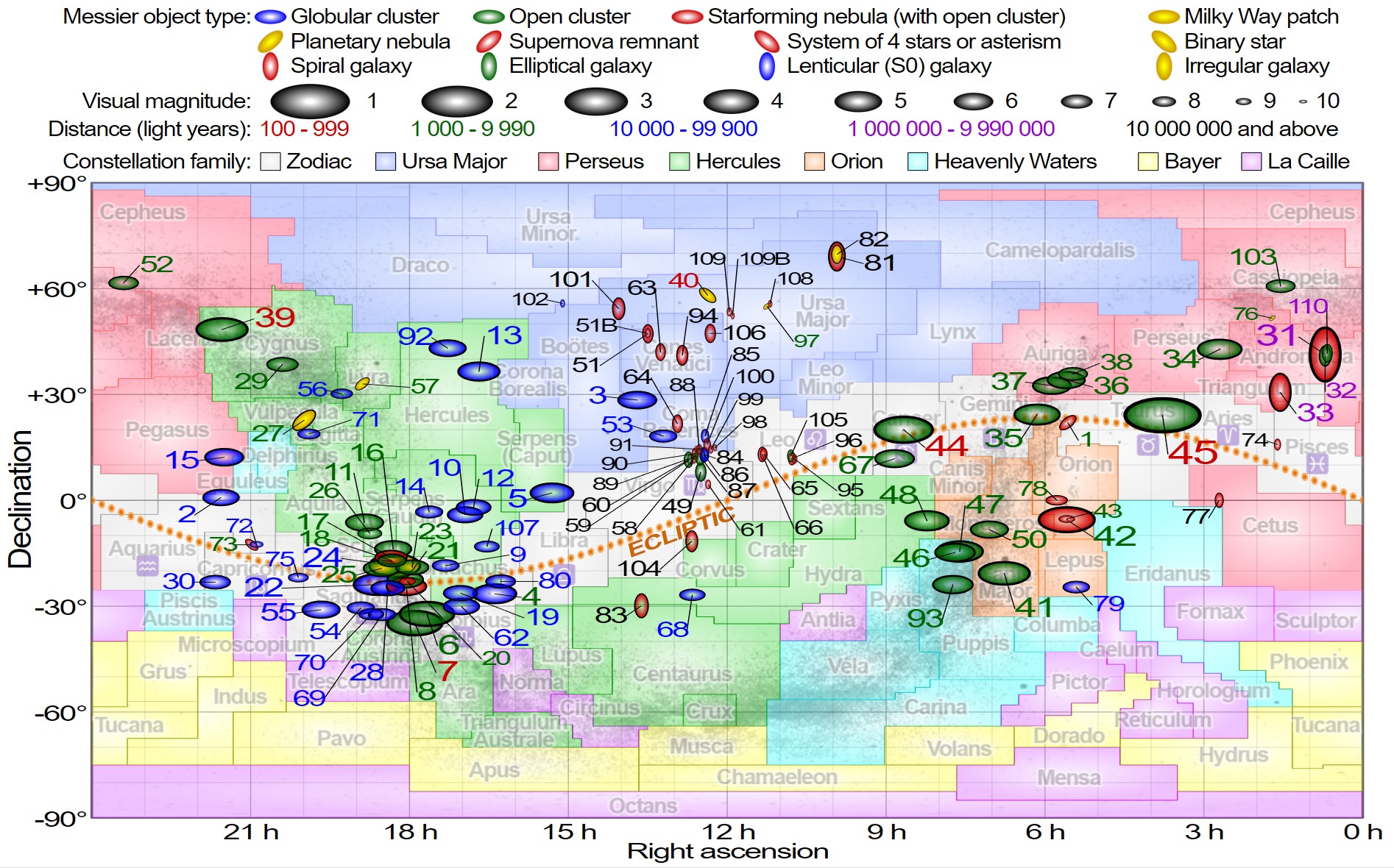
So from late February to late March where the sun is in this area we have the possibility to perform a Messier Marathon.
Besides the sunlight it is also preferable to avoid too much moonlight. Therefore, the best time is aroundthe new moon in March.
The best time in 2023 is the week around the new moon from 18. March till 26. March
Can you make a Messier Marathon from where you live
The only thing to consider is the latitude you observe from. Charles Messier observed from Paris at a latitude 49o North. It means he was able to observe down to declination -41o placing the southernmost object in his catalog, M7 only 6o over the horizon when passing the meridian. If you live further south the southern objects will be easier to observe but the northern will be more difficult and vica versa.
To find the observable objects from a given latitude, it must be examined how high in the sky they will be in the evening and the morning twilight. That can be done using different tools. Here follows a table showing the number of objects you theoretically can observe at different latitudes on March 21.
The table is based on data from Larry McNish – The Messier Marathon Planner
| Latitude | Number of observable objects | Objects not possible to observe |
|---|---|---|
| 20 | 106 | M31, M32, M110, M52 |
| 25 | 106 | M31, M32, M110, M52 |
| 30 | 107 | M31, M32, M110 |
| 35 | 107 | M31, M32, M110 |
| 40 | 107 | M31, M32, M110 |
| 45 | 107 | M31, M32, M110 |
| 50 | 109 | M30 |
| 55 | 107 | M7, M55, M30 |
| 60 | 101 | M83, M62, M6, M7, M69, M70, M54, M55, M30 |
Planning the Messier Marathon – the right sequence is important
A Messier Marathon is a 3-stage trip:
- An evening twilight sprint
- Jogging all night with a dark sky
- A morning twilight sprint
To be able to complete especially the evening and morning sprints, detailed planning is needed.
I have used Larry McNish – The Messier Marathon Planner to create observation list,s giving the needed data. Here is an example of the first evening objects:
The most important thing from this list is the sequence. When observing for the first objects shortly after sunset, it is important to take them in the right sequence to have the best chances for success. Besides this,s the list holds the most important object data and a check mark column to mark it as observed.
Planning the Messier Marathon – visual finder maps
You can use either electronic maps or maps on paper. But remember that looking at a screen always has an influence on the eyes’ dark adaptation. Maps on paper also need illumination to read, so perhaps the issue is the same. Do as you prefer and are used to.
Here is an example of a map from Freecharts.com. These maps are generated as PDF files and can be viewed or printed.
Planning the Messier Marathon – using goto
Most telescopes with GOTO capabilities will have an onboard catalog of the Messier objects. It is possible to use that combined with an object sequence list.
Another possibility is to connect a Phone/tablet or a PC to the mount and use a planetarium software to perform the gotos.
For the TTS-160 Panther mount, we have created a Messier Marathon object list that can be used from the handpad app. It holds the objects in the right sequence.
Read more about the Messier Marathon Object list for the TTS-160 Panther Mount
What telescopes can be used for visual observations?
For his observations Charles Messier used a 3.5″ refractor of mediocre quality compared to modern optics. Therefore almost any telescope with an aperture above 3″ can show all the messier objects from a dark location. But in the case of the Messier Marathon many of the objects must be observed at very low elevation and against a not completely dark sky. Therefore a larger aperture gives a much better chance of viewing all the objects.
Refractor 3-4″ Aperture is possible to use
Refractor 5-6″ Aperture is good to use
Reflector 8-12″ Aperture is very good to use.
I will not go into details about eyepieces, but try different magnifications if you can’t spot the object. A higher magnification can darken the sky background, increasing contrast.
A modern setup for doing an EAA Messier Marathon in 2023
The Messier objects are very easy targets for any telescope equipped with a modern Astro CMOS camera. So almost any telescope you might have can be used.
Actually it is more important to have a good mount to hold the telescope. There is only few minutes for each object so it is important that the mounting can perform a fairly precise gotos to frame the targets. Time used to recenter targets manually or via plate solve will be a problem. There is only about 5 minutes per object on average…
Here is a list of needed equipment:
- A telescope
- A Camera – A DSLR or a dedicated astro camera – preferably one-shot color.
- A good mount – preferably an Alt-Az mount for easy alignment before darkness
- A computer system to control the mount and camera
Read more about EAA and Alt-az mounts
Ways to make an EAA Messier Marathon
The simple way:
- Set up the mount in daylight. Align the mount.
- Alt-AZ mount: Use the sun and a few bright stars for early alignment
- Polar aligned: Hurry to do the alignment when it is dark enough.
- Focus the camera
- Start looping exposures of the desired exposure time. 10-30 seconds might be a fair choice.
- Now move the telescope to the target manually or using goto.
- When you have seen the object on the monitor, move on to the next. Perhaps save the image for the records
The Automated way:
- Create scripts/sequences for the software you use (NINA, SGP, Sharpcap). Group the objects into smaller scripts following the Messier Marathon sequence.
- Run the scripts and watch the object appear on the screen
- Adjust on the fly as needed…
Read more about how you can automate astro-imaging with NINA and the Panther telescope mount.

